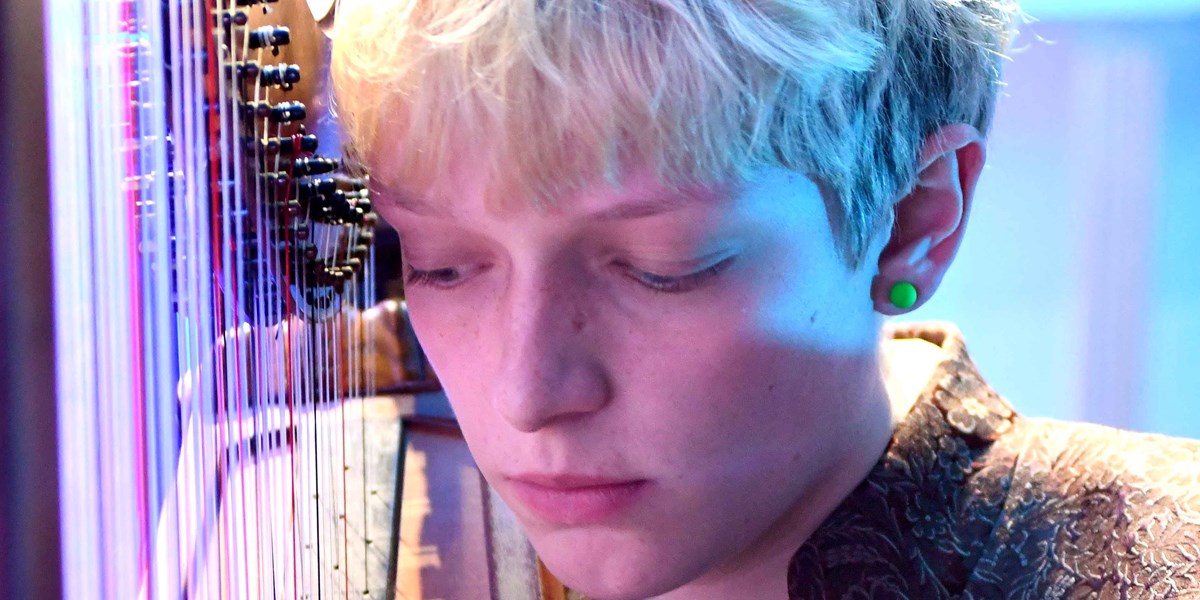Friday, February 3, 2023
Cerys Hafana: “The sea is going up in flames, the angels are raining down from the heavens”
Cerys Hafana talks to Russ Slater about the uniqueness of her triple harp and its bridging of the historical, the profound and the personal

©Stuart Ladd

Register now to continue reading

Thanks for visiting the Songlines website, your guide to an extraordinary world of music and culture. Sign up for a free account now to enjoy:
- Free access to 2 subscriber-only articles and album reviews every month
- Unlimited access to our news and awards pages
- Our regular email newsletters

